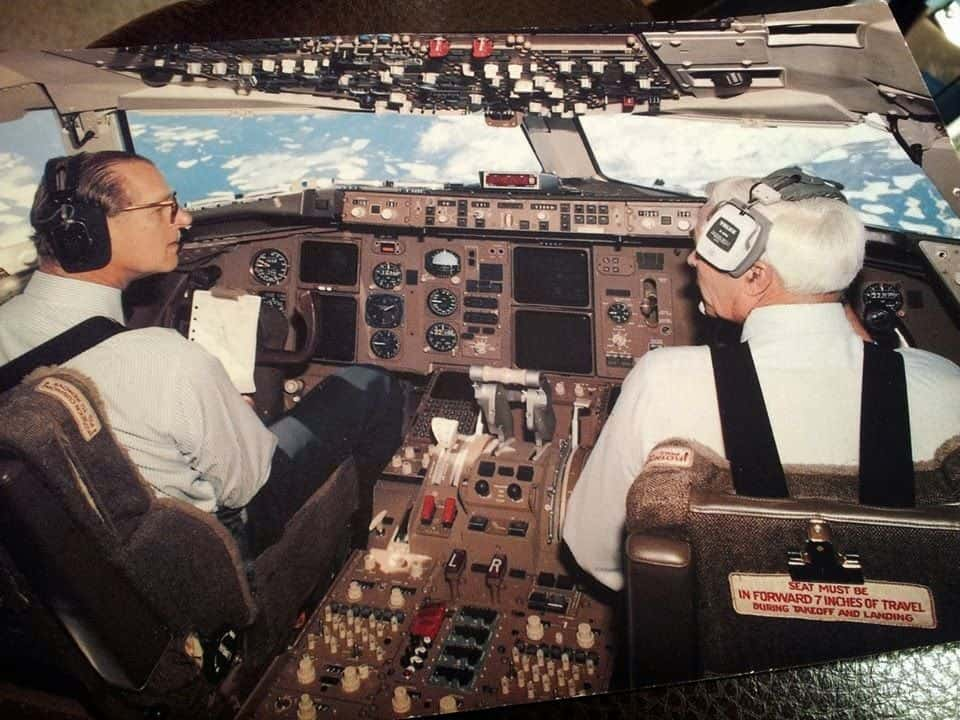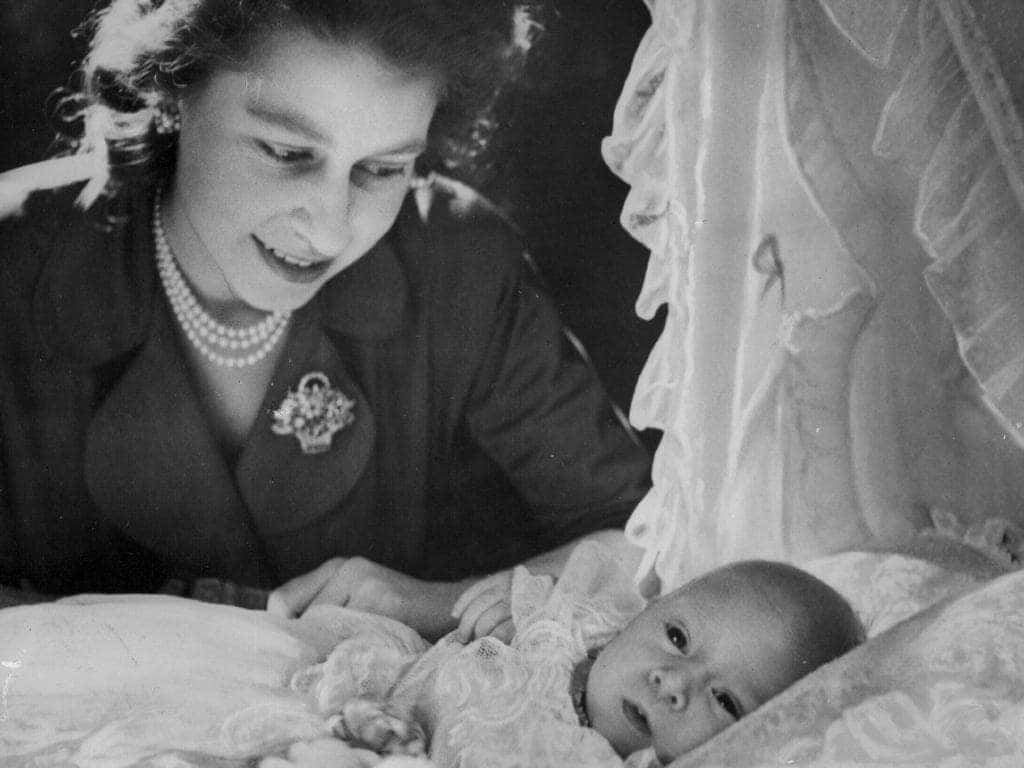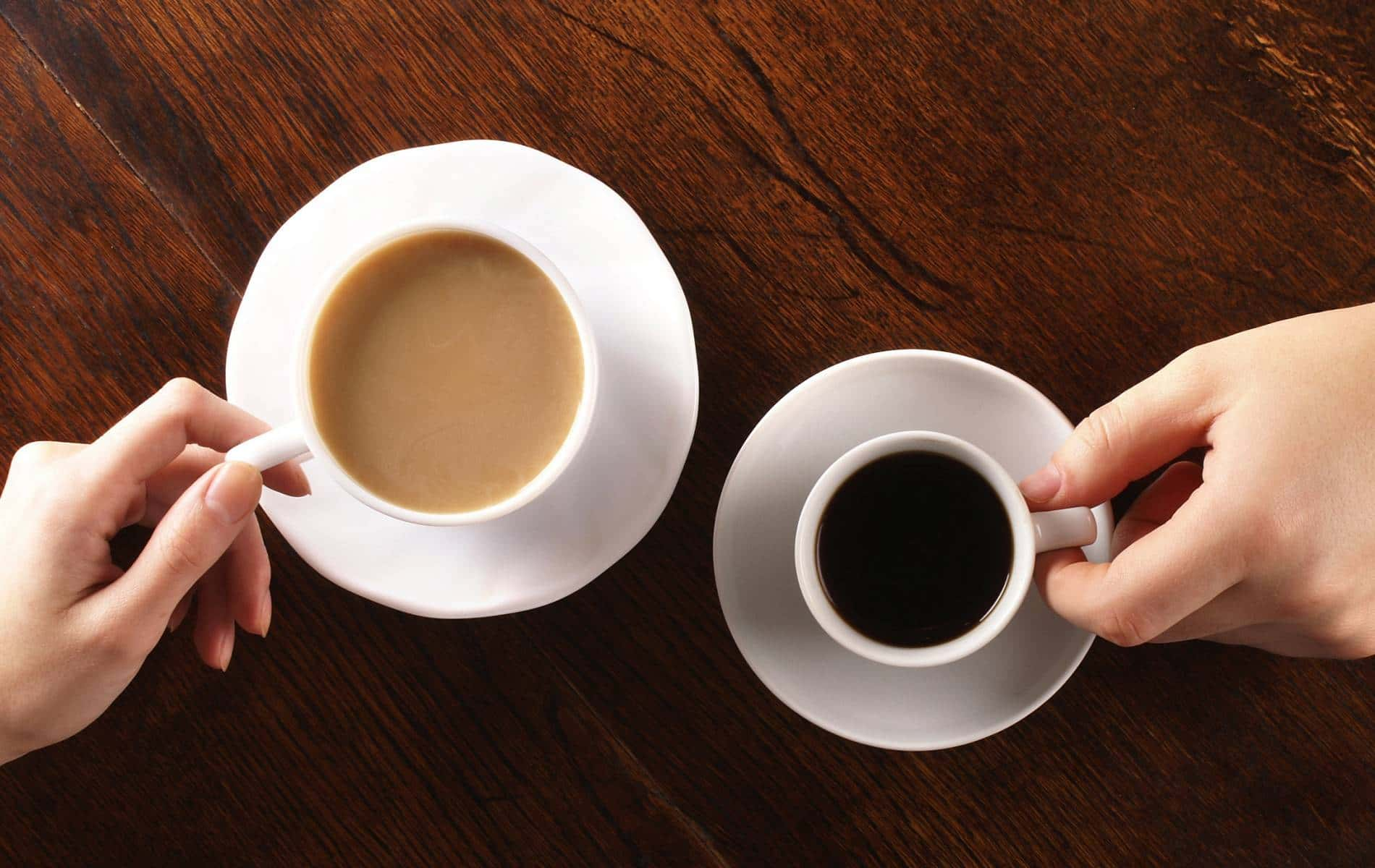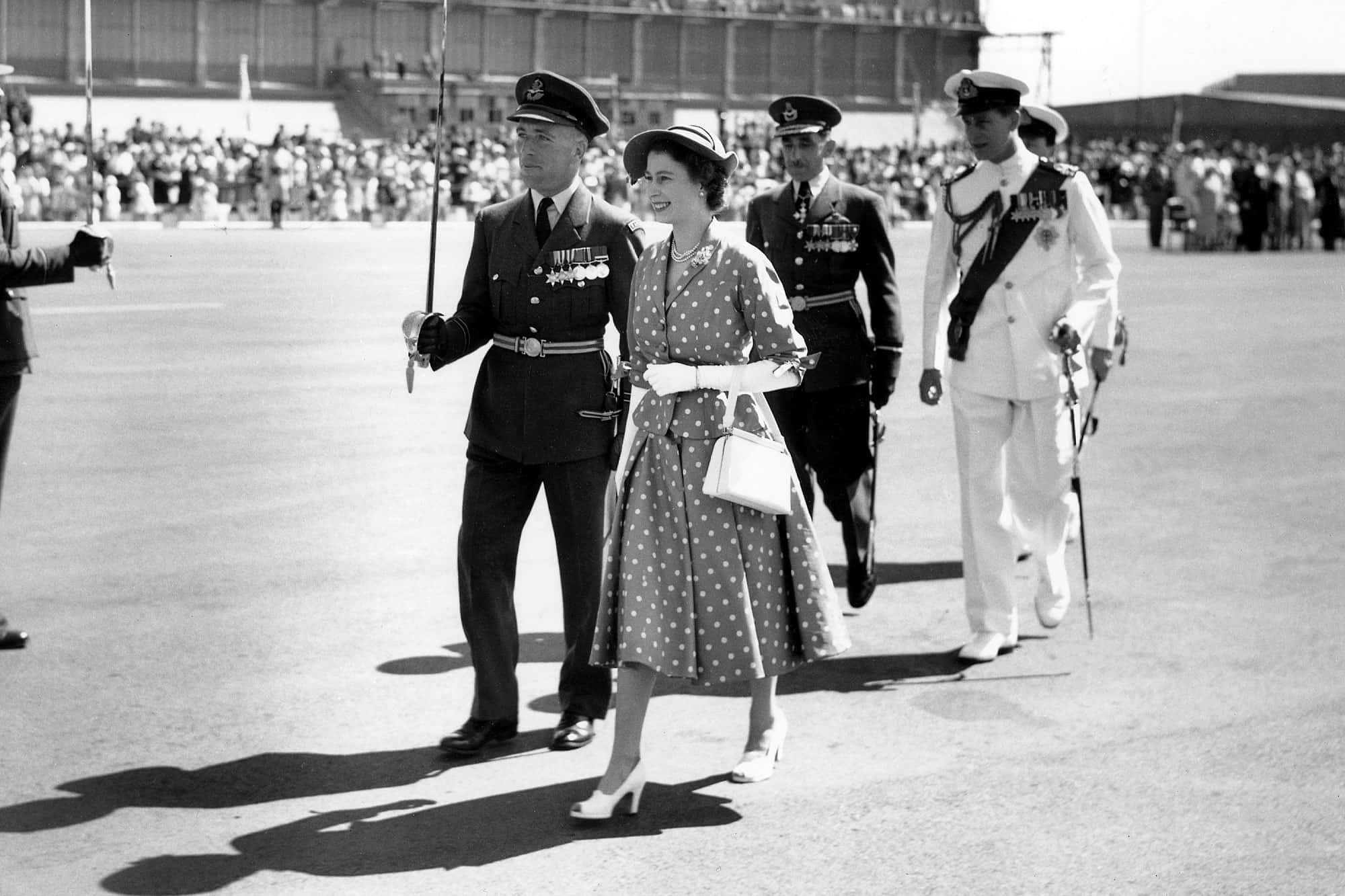“Constitutionally, I don't exist.”—Prince Philip.
Prince Philip (b. 1921), Duke of Edinburgh, needs little introduction. For the Commonwealth folk out there, he’s the guy married to the lady on the money. As Queen Elizabeth II of England’s one and only male consort, he’s taken a back seat to all the politics around monarchal life. Because Elizabeth’s reign has gone on for so long, it’s difficult to remember a time when he wasn’t just there, at the Queen’s side, cutting ribbons and looking supportive in all his regalia. But what was Philip like before the crown? All princes, we assume, come from somewhere. From his Greek exile origins to his colorful navy career, set the royal jewels to these 42 blue-blooded facts about Prince Philip, Duke of Edinburgh and Prince Consort of Great Britain.
42. Sounds Greek to Me
It’s difficult to imagine a time when he was anything but a British consort, but Prince Philip was not British at all. He was born to both the Greek and Danish royal families in the Greek Island of Corfu on June 10, 1921. The man who would marry the Head of the English Church was christened, instead, as a Greek Orthodox.
41. Royally Ejected
Philip spent the first years of his life in royal exile. The Turkish War with Greece (1919-1922) put the royal family in a bad place, with Philip’s uncle King Constantine I forced to abdicate his title; Philip’s own father, Prince Andrew, was even arrested. By 1922, the family fled to France, with baby Philip smuggled inside of a fruit box as his royal cot.

40. It’s Great to Be a Dane
Despite being born in Greece, Philip’s early exit from the country means he has little connection to the culture and language. In his own words, he considers himself more “Danish.” After all, his family was housed in Paris by his aunt, Princess George of Greece and Denmark.
39. Royal Coffee Fix
Shockingly for a British consort, Philip is not reportedly fond of tea. Instead, he prefers to go with a black coffee. Can’t blame him.
38. The Axis of Awkward
In 1939, Philip enlisted to fight for the British in World War II. Awkwardly, this meant he was fighting against two of his own brothers-in-law, Prince Christophe of Hesse and Berthold, Margrave of Baden. All four of Philip’s sisters married high-ranking German nobleman, which put his in-laws on the opposing side of World War II.
37. On the Fast Track
In October 1942, Philip was promoted to first lieutenant of HMS Wallace. He was only 21 years old, which made the prince one of the youngest first lieutenants of the Royal Navy. We don’t claim to be an expert on military rank politics, but it’s not wild to assume being a well-connected prince helps in any career track.
36. This Family Sticks Together
Prince Philip and Queen Elizabeth II are cousins via two separate family lines. First, they are third cousins through Queen Victoria of Great Britain. They are also second cousins once-removed via King Christian IX of Denmark. Before you get too weirded out, it’s perhaps worth reminding you that Queen Victoria and her Prince consort Albert were cousins themselves.
 YouTube
YouTube
35. Numbers of Love
The future Elizabeth II of England began to fall in love with Philip when she was only 13 and he was 18. They didn’t become engaged, however, until 1946, when he was 25. Elizabeth’s father, King George VI, made him promise to wait until her 21st birthday to tie the knot. Is that too early or too soon? I can’t tell anymore.
34. Bonafide British
Philip had to be nothing but British before he joined the royal family. In 1947, months before his wedding, he abdicated all of his Greek and Danish titles and adopted his mother’s family name of “Mountbatten” to become a “naturalized” British subject. If only it were that easy for everyone to become a British citizen, right?
33. Somebody’s Watching Me
Philip and Elizabeth’s wedding at Westminster Abbey was broadcast by BBC radio to 200 million listeners worldwide. In the days before the blockbuster TV broadcast of Prince Charles and Diana’s or Prince William and Kate’s weddings, those were some really impressive numbers for radio.
32. Your Invitations Were Lost in World War II
Despite the humongous global audience of Princess Elizabeth and Prince Philip’s wedding, the groom’s surviving three sisters were not in attendance. Why? They were married to German princes, some of whom had Nazi political connections. World War II had just ended. Understandably, such guests would not fly well with the people. In fact, none of Philip’s German relatives were present.
31. Making It Work
Prince Philip and Queen Elizabeth’s marriage is the longest-lasting of any British ruler and their consort. At least for now!
30. Unfortunate Timing
Philip and Elizabeth were on a commonwealth tour when her father-in-law passed away on February 6, 1951. The couple was in Kenya at the time, and it was Philip who informed his wife of her father’s death and her new title.
29. Prince of Penmanship
Prince Philip is actually a prolific author, with several books under his name on environmentalism, horses, and other animal subjects. A brief summary of his bibliography follows: Selected Speeches 1948-1955 (1957); Birds from Britannia (1962); Down to Earth (1988); and Survival or Extinction: A Christian Attitude to the Environment (1989).

28. Heal It With a Hyphen
In 1960, Elizabeth declared that all male-line descendants between her and Philip will get the surname “Mountbatten-Windsor.” At least, so long as they are not also titled as Royal Highness, Prince, or Princess. So far, that’s just one—James, Viscount Severn, his grandson by Prince Edward.
27. Aristocrat in the Air
Philip is the first member of the British royal family to fly a helicopter. Glad to know someone is keeping track.
26. Well, One of Us Had to Do It
From 1956 to 1957, Philip made a worldwide trip on the HMY Britannia. He became the first royal person on record to cross the Antarctic Circle.
25. Honored to Be Second
For the first part of Queen Elizabeth’s reign, Philip was not a “Prince.” Instead, he was still “just” the Duke of Edinburgh. But on February 22, 1957, Elizabeth promoted her husband to official Prince Consort of the United Kingdom, in what might be perceived as a response against rumors that the couple was growing apart.
24. Canada vs. Calories
Imagine being called a "fat little Canadian" by Prince Philip. Okay, that’s not exactly what happened, but Philip did cause a minor Canadian scandal in 1959 when apparently, he made remarks that inferred Canadian kids were too out of shape. Was it all the Tim Hortons donuts? He later revised his comments to clarify he was simply encouraging a culture of fitness.
23. King of the Court
Philip was President of the National Playing Fields Association for a whopping 64 years. His grandson Prince William took over this position in 2013.
22. The Royals Will Be Televised
To remind you how old the Queen and Prince are, they were just beginning their reign as this new-fangled device called “the television” was making rounds as a common device. As a result, Philip was the first ever member of the royal family to be interviewed on television in 1961. The hot topic? His take on Commonwealth Technical Training Week, where he advocated for more skilled workers in the labor force. Exciting stuff.
21. A Long Male Tradition
In Britain’s long history, Philip is just the fifth male consort of a reigning British queen. He follows in the royal footsteps of Philip II of Spain (husband to Mary I), William III (co-sovereign to Mary II, who was closer in the line of succession), Prince George of Denmark (husband to Queen Anne), and Prince Albert, consort to Queen Victoria.
20. Spend or Pay
Since 1990, Prince Philip has received a Parliamentary annuity of £359,000. The payment is meant to help carry out his public duties. In theory, any funds not spent on royal duty-related expenses are subject to taxes. Thus, in practice, the entire payment is spent on official duty fees.
19. Take That, Ladies
Unsurprisingly for his wife’s super-long reign, Prince Philip is the longest serving royal consort in British history.
18. Pilot Project
By his 70th birthday, Prince Philip had amassed over 5,150 pilot hours. He had been flying airplanes since 1952.
 Pinterest
Pinterest
17. There’s an Art to Being Rich
Amongst his other royal hobbies, Philip is an oil painter. The English artist and write Hugh Casson described his works as “exactly what you'd expect...totally direct, no hanging about. Strong colors, vigorous brushstrokes.”
16. The Church of Phil
Prince Philip is worshipped as a god by a sect of people on the island of Tana, Vanuatu. When knowledge of the “Prince Philip Movement” was brought to the consort himself, it was suggested he send them a signed portrait. Philip agreed, and the grateful villagers sent him a pig-killing club in return. He sent them another portrait back, featuring the consort himself posing with the club.
15. A Princely Penny
Being royal by blood doesn’t always pay (well). At the time of his marriage, Philip reportedly only had only 12 pence in his bank account.
14. An Heir Good Enough to Eat
When his first child, Prince Charles, was born, Philip reportedly said, “He looks like a plum pudding!”
 Pinterest
Pinterest
13. Well, What Else Was He Gonna Do With 30 Hours?
While the Queen performed 30 hours of labor giving birth to Prince Charles, Philip passed the time by playing squash and swimming with a friend. He was drying himself off when a footman informed him of his first child’s birth.
 The Australian
The Australian
12. Dressed to Depress
GQ magazine once declared Philip the 33rd best-dressed man in the United Kingdom. Not bad, albeit not exactly a rank fit for a queen’s husband.
11. Panting at the Seams
Not one to make waste, Prince Philip once asked his tailor to adjust a pair of pants that he had first worn 52 years ago. For the record, this was in 2008, so those royal leggings have seen things…

10. Never Too Old for a Soft Day’s Work
In 2016, Philip was the fifth-busiest member of the royal family. At 96 years old, he logged 110 days of public engagement. While that’s not exactly hard labor, we should note that’s more “work” done than either of the younger, supposedly more limber male members of the royal family, Prince William and Prince Harry.
9. Only He Could Say That
His quirky pet name for Queen Elizabeth is a French phrase, “mon petit chou.” Adorable, right? Well, in French, “chou” means cabbage, so he’s calling her his little cabbage. Those wacky French!
8. Tough Crowd
Elizabeth’s father, King George, initially did not like Philip. First, there was politics: they didn’t know how the public would take to the marriage between the female heir and a Greek Prince. Also, King George was just not personally fond of Philip’s brash naval manners… or Philip’s alleged inability to shoot straight.
7. Cold Turkey & Rings
As a bridal “gift” to Elizabeth, Philip quit smoking on the morning of their wedding.
6. Royal Recycling
Philip used the diamonds from his mother’s tiara to make Elizabeth’s engagement ring. With the jewels left over, he also fashioned her a wedding bracelet.
5. Did We Put Power Moves on the Wedding Registry?
For their wedding, Mahatma Gandhi sent the royal couple a wedding gift of cotton lace with the embroidered words “Jai Hind” which means “Victory for India.” He had spun the piece himself. Philip’s mother-in-law thought it was a loincloth and called it an “indelicate” gesture.

4. Royal Divinity Does Not Go That Far
Philip had little childhood contact with his mother after 1930. Why? Prince Alice of Battenberg was diagnosed with schizophrenia and committed to a mental health facility in Switzerland. During the Turkish War, Alice had begun to believe she was getting “divine” messages and possessed healing powers.
3. Propose or Get off the Pot
Philip pushed his son, Prince Charles, to make up his mind about Lady Diana Spencer. In 1981, he had apparently written to his son to either propose to the girl or else break it off. Feeling the pressure from dear old dad, Charles and Diana married just six months later.
 richmond-daily
richmond-daily
2. Name Game
In defiance of tradition, Elizabeth did not assume Philip’s last name upon her marriage and the British royal name remains The House of Windsor, not the House of Mountbatten. Both Elizabeth’s grandmother, Queen Mary, and Prime Minister Winston Churchill advocated for her to keep her own name—it’s said Churchill did not get along with Philip’s uncle, Louis Mountbatten. Philip seems to have taken it in stride, but in private he had griped, “I am nothing but a bloody amoeba. I am the only man in the country not allowed to give his name to his own children.”
1. Grandfatherly Advice
Amidst the royal family’s polarizing response to Diana’s death in 1997, it was Philip who convinced her sons to walk behind her coffin. When Princes William and Harry were apprehensive, Philip reportedly told his eldest grandson, "If you don't walk, I think you'll regret it later. If I walk, will you walk with me?" At the funeral, Philip, William, Harry, Charles, and Diana’s brother followed the bier.












































